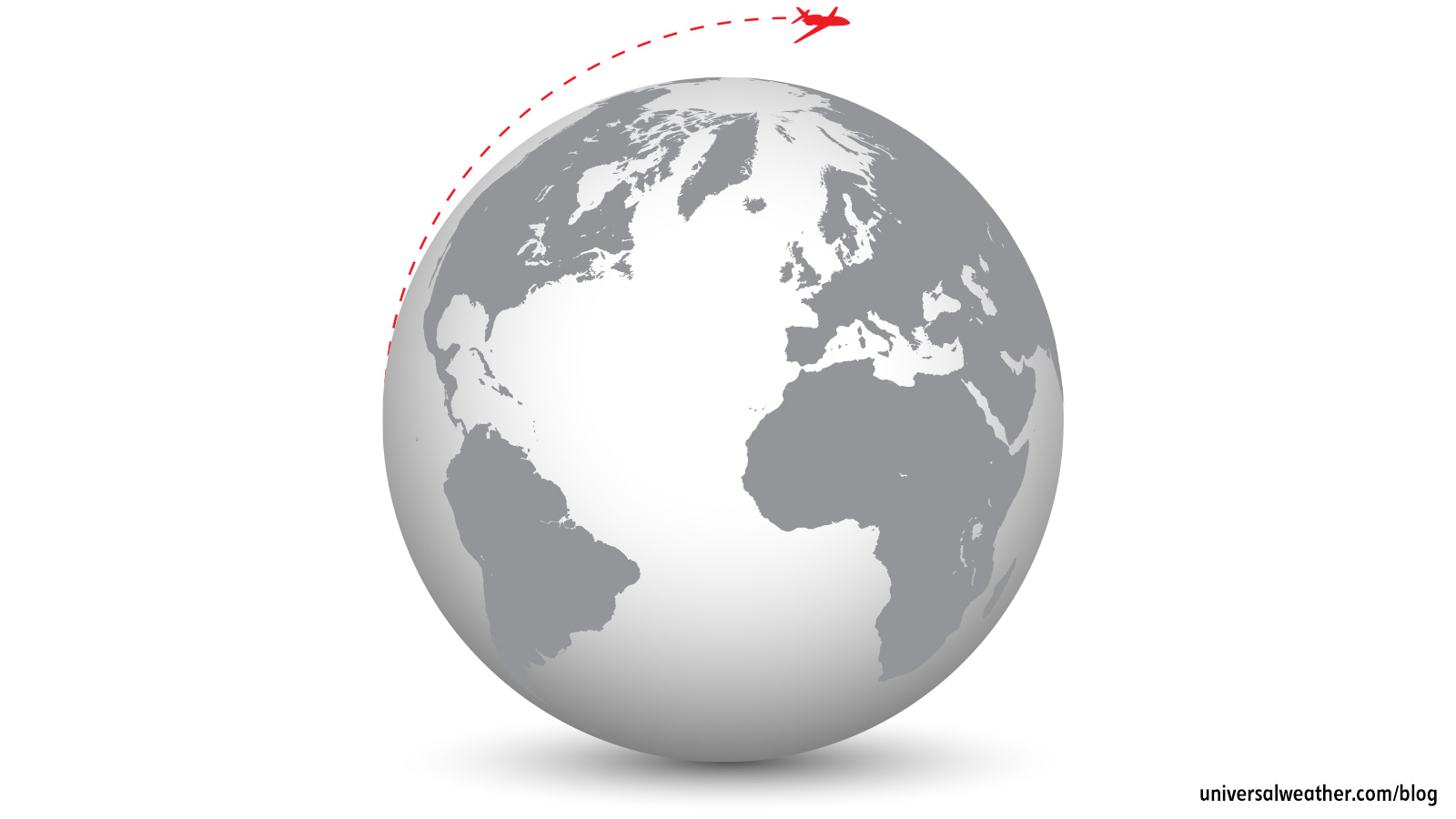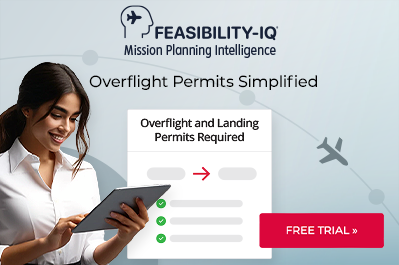8 FAQs Before Requesting a Border Overflight Exemption

Please note that changes have been made with regards to the Border Overflight Exemption (BOE) process effective June 17, 2013. For more information on the new changes, please see our article “Breaking News: CBP Changes BOE Process – Effective June 17, 2013.”
This aviation blog post is part of a series on border overflight exemptions for business aviation.
Border Overflight Exemptions (BOEs) are relatively easy and straightforward to obtain and manage. They’ll greatly improve operational flexibility when returning to the U.S. from the south. Not only will you save on costs and delays of having to stop at border airports of entry, but you’ll avoid dealing with high traffic at those border airports. The BOE process can be completed internally or via a 3rd-party provider.
1. What is a BOE and what is it used for?
A BOE allows you to overfly the first designated airport of entry (AOE) when arriving into the U.S. from below the 30th parallel in the eastern U.S., and below the 33rd parallel in the western U.S. This covers all flights from the Caribbean, Mexico, Central and South America, and French Polynesia. All criteria set forth on the BOE approval must be met in order to use it for your flight. If you are utilizing a BOE, it should be listed in remarks section 18 on your flight plan. Without it, you must land at the first designated AOE. For a list of the designated AOEs please click here.
2. What types of BOEs exist and what is the processing time?
You may apply for single-trip or term (annual) BOE. Paperwork requirements are similar for both types of BOEs and approval time depends on customs workload. Term BOEs are the most widely used and provide best operational flexibility.
While official processing time is 15 business days for a single trip BOE and 30 business days for a term BOE, this can vary. Each BOE is approved on a case-by-case basis and processing time depends upon port workload. Busy season for BOE requests is August to March and end-of-the-year approvals can be slower than normal due to the holidays.
3. Can any operator, regardless of nationality, request a BOE?
BOEs are available for any aircraft operator. No additional information is required of non-U.S. registered operators. The approval process involves background checks and vetting of both crew and passengers.
4. What information is needed to request a BOE?
Applications require company and aircraft information, complete crew and passenger information (date of birth, passport number and home address), along with a list of departure airports (non-U.S.) and arrival airports (U.S.). Additionally, some ports require information on your business, as well as your reasons for needing a BOE. You may include up to 35 non-U.S. airports and 35 U.S. airports on BOE applications. Some ports allow you to list non-U.S. countries for departure points, rather than individual airports (this is preferable), as that will cover all airports within that country.
5. Is a term BOE valid for a calendar year (January 1st – December 31st) or one year from the approval date?
A term BOE is good for one year from the approval date and then must be renewed 30 days prior to the expiration date. Some ports provide two-year approvals.
6. Where should a BOE request be made?
The request is usually made at the Customs office of your home-base airport in the U.S., or the airport you use most frequently for arrival into the U.S. If your home base is not an AOE, you should request the BOE from the closest customs port. A non-U.S.-based operator should apply at the airport they use most frequently when operating to the U.S.
7. Does an operator need a separate BOE for each aircraft?
All aircraft under the same operator name are approved under one BOE. BOE revisions — to add crew, passengers, aircraft or airports — may be made throughout the year. By regulation, revisions require 30 days to process, but can usually be accomplished within that time frame (at the discretion of the port processing the revision). BOE information and revisions are available to customs via a database. Before you’re granted landing rights, Customs will check the status of your BOE. However, it’s best practice to carry a hard copy aboard your aircraft. Always provide the latest copy of your BOE when utilizing a 3rd-party provider, as it will assist with verifying information when customs is being arranged.
8. Can a 3rd-party provider apply for and manage a BOE on behalf of an operator?
A 3rd-party provider can obtain a BOE for you and help you avoid common errors that might be made in the process of requesting one. If insufficient information is provided, or the application format is wrong, a BOE may be denied or delayed. Some ports process applications faster than others. For example, Los Angeles, CA (KLAX) usually requires 45 – 60 days to approve a term BOE, whereas the process is seldom longer than 30 days at other ports. Also, Newark, NJ (KEWR) receives the majority of BOE requests, so the turnaround on requests depends on their workload.
Questions?
If you have any questions about this article, contact me at saadfarid@univ-wea.com.
Later, we’ll discuss FAQs from business aviation operators about using their border overflight exemption.




